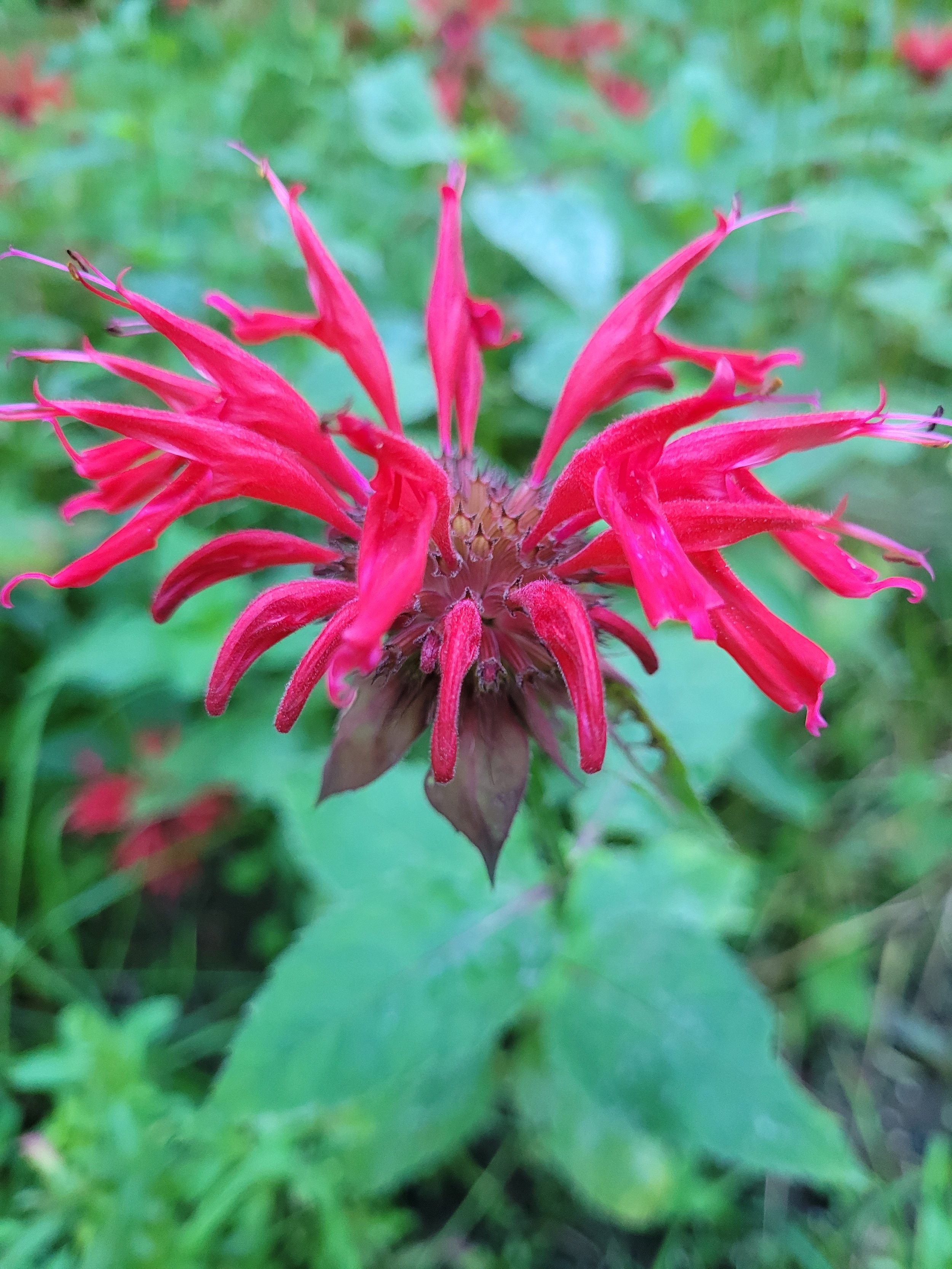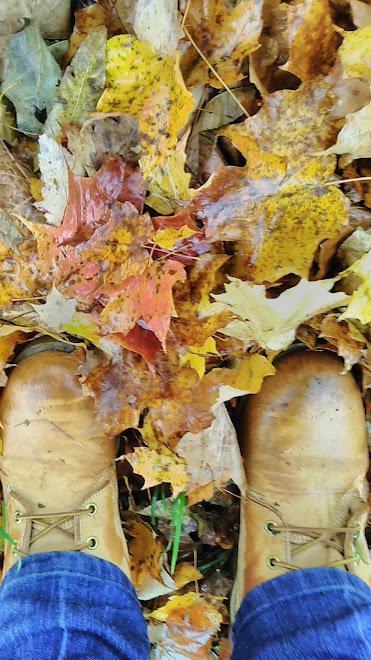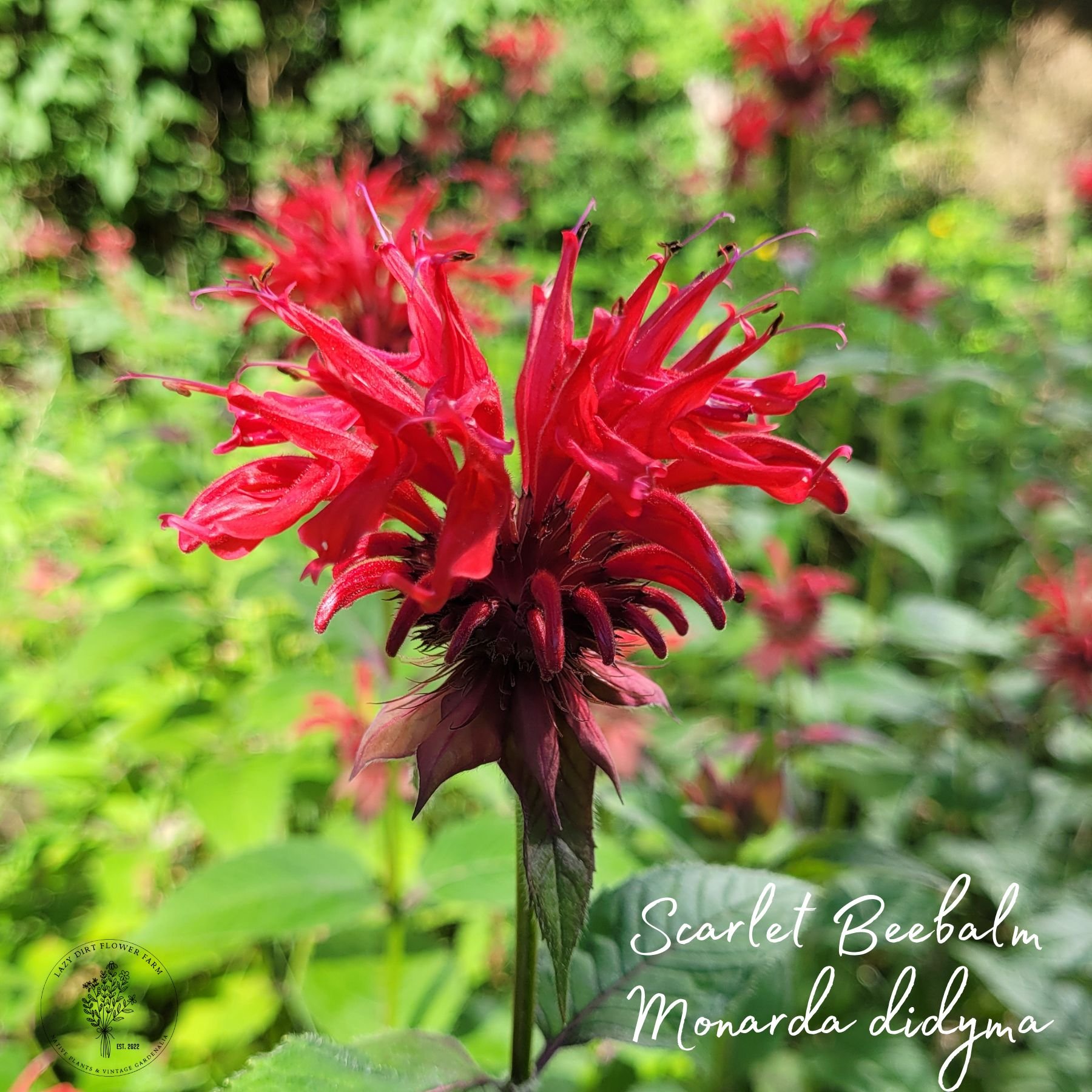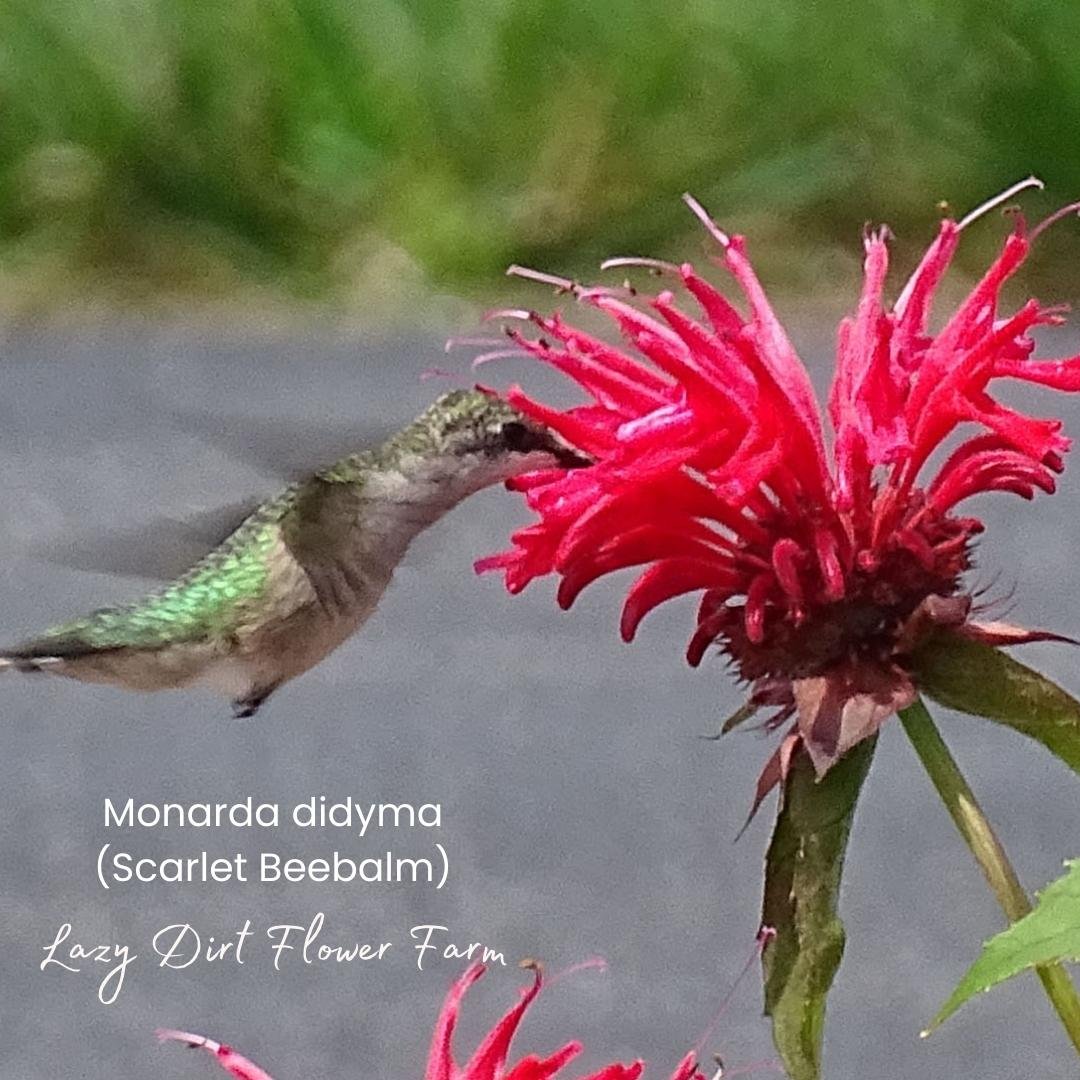The Hummingbirds are Coming!
In just a few short weeks HUMMINGBIRDS will start appearing in New York!
They’ll need shelter & food to raise their young and power up for the 3,000 mile trek back to Central America in September.
But what exactly makes your garden PRIME real estate to a hummingbird?
It’s BUGS, BLOOMS & BRUSH starting with native plants like these
Weather depending Hummingbirds will begin to move into their Summer breeding grounds here in Central New York in early May. Male hummingbirds are the first to arrive. They’ll scope out prime nesting sites & battle other hummingbird males to keep them before the female hummingbirds arrive a few weeks later.
But what does a hummingbird look for in a prime territory?
Just like other birds..
Hummer’s want BUGS, BLOOMS, & BRUSH!
Hummingbirds need shelter, insects and nectar to breed and also to prepare for that 3,000 mile long migration back to Central America in September.
You know those brush piles & stems you left in the garden this Spring from last year's blooms? Well those my friend are going to provide hummingbirds perches to scope out food, rivals & predators.
And the native plants you put in your garden? They will provide the insects AND nectar hummingbirds need for rearing their young and daily calorie intake.
DID YOU KNOW A HUMMINGBIRD EATS EVERY 5-8 MINUTES!
This tiny bird whose brain is smaller than a pea will consume over 2,000 insects and visits just as many flowers~ EVERY DAY!
And mosquitos are a delicacy! Talk about a POLLINATOR POWER!
How do hummingbirds find 2,000 insects and flowers every day?
By finding the ideal hummingbird real estate!
One that is abundant with BUGS and lots of ‘em! A hummingbird's diet is normally 50% insects BUT this jumps up to 80% during nesting season in May, June and early July. Heck they eat so many insects that Nature made their beak actually BEND to fit larger prey into their mouths!
Insects that rev up a hummingbird's appetite include fruit flies,ants, aphids, spiders, gnats, and mosquitoes.
And they don’t mind getting these insects to ‘to-go’ either!
Hummingbirds love to raid spider webs not only for nesting material but also to grab a quick spider snack. Any hapless insects wrapped & trapped in the web make for great ‘take out’ too!
BLOOMS for a sweet treat…
With all this insect feasting, a hummingbird needs something sweet to wash ‘em down!
On an average day a hummingbird will need to visit & sip nectar from over 1000 flowers.
You’d need a sip of nectar too! All that defending territory, hiding from hawks and even frogs trying to eat you, chasing insects and rearing chicks is darn hard work!
Especially when you are only 4” from tip to tail and weigh less than an ounce! But you can give ‘em a hand friend…
Grow their favorite flowers
Hummingbird attracting flowers are not just colorful red & orange hues. They are also tubular for easy access via their long beak & a tongue that takes up 18 licks of nectar per second!
To get from breeding season to their southward migration, hummingbirds need 3 seasons of blooming plants & lots of insects that congregate around them.
Let’s take a look at the hummingbirds Spring arrival for example;
Arriving in Central New York in early-mid May, hummingbirds find many of their favorite flowers are not yet in bloom!
At first glance this might seem a detriment to a hummingbirds success.
But remember May into early June is also their prime breeding season when insects like blackflies & mosquitoes are 80% of their diet.
Nature sure planned one that right for hummers and other nesting birds!
You see May is when night temperatures climb above the 50s. This awakens the majority of insect pollinators from winter cocoons and hibernation amongst all those leaves & brush piles you left alone last year!
The result: a SPRING FEAST for birds and other wildlife (that is if you practiced pollinator-friendly gardening)
So what’s the key for birds like those adorable hummingbirds to have the insects they need?
YOU ARE THE KEY!
No matter the size of your garden… whether a few pots on the porch or a half acre in the suburbs
BIRD-FRIENDLY GARDENING BRINGS THE BIRDS IN!
In your gardening practice do you….
Never use pesticides or herbicides?
Leave the leaves where they land?
Create brush piles?
Avoid ‘super cleaning’ the garden of plant stems & leaves?
Reduce your lawn space & only mow on the highest setting in June thru early September?
Plant & grow 75% or more native plants in your garden?
Studies of hummingbird habitats show that gardens with these practices have more hummingbirds in residence! (3)
Why? ALL birds need BUGS, BLOOMS & BRUSH!
When you leave the brush & grow more native plants you give places for insects to hide, thrive & hibernate.
These insects then feed the birds & their young like those cute hummingbirds we all love!
It’s simple. EVERYBODY EATS IN YOUR GARDEN!
If you plant & grow more native plants you’ll have more food & shelter for more insects…
If you have more insects…
You’ll feed more birds who will then make more birds to eat the insects!!!
PHEW! See everybody eats in your garden!
Now back to those HUMMERS…
If you want more hummingbirds to visit your garden this year and eat those bugs, a man-made sugar feeder just won’t cut it.
They need more than these feeders– and Nature has provided the perfect feeder with native plants.
Heck you don’t even have to wash them every day!
Nature’s ‘hummingbird feeders’ BLOOM just when they need them.
MAY & Early June
A hummingbirds diet supports breeding and feeding chicks. During this time a hummingbirds diet is 80% insects and the rest nectar from native Spring blooming plants like Eastern Red Columbine and Virginia Bluebells.
JUNE & JULY
Native plants like the Milkweeds and Monardas take the stage such as Wild Bergamot & Scarlet Beebalm. These and other native flowers hold sweet nutrient-rich nectar in their tubular flowers just for hummingbirds and long-tongued insects.
Early July, chicks have fledged and hummingbirds are back to a 50/50 diet of nectar and insects. Native plants that hummers NEED are in FULL BLOOM ~rich in nectar and pollen providing a FEAST of both insects & nectar.
By August and early September, hummingbirds are preparing for their 3,000 mile migration southward.
They’ll ‘bulk up’ on nectar & insects from Cardinal Flowers, Butterfly Milkweed, Anise Hyssop and Obedient Plant . These plants are hummingbird favorites blooming just as hummingbirds begin to prepare to migrate South
Sure I could chat about the research & resources from below to prove it to ya.
But I think you’ll agree a ‘garden story’ is fun too!
Like you, I LOVE hummingbirds too ~ like our farm they are small but mighty!
I’ve seen the ‘Hummingbird Effect’ first hand at our farm!
With the hummingbirds on their way, I’ve been thinking a lot about what exactly we did at the farm to increase the number of hummingbirds these past few years.
How did we go from only a few sightings to being caught in a hummingbird super highway several times a day?
HOW IN THE WORLD DID THAT HAPPEN?
After learning about the needs of hummingbirds here’s what I think played a role…
We’ve never sprayed pesticides or herbicides in the 20 years of owning our farm. But the farm lacked a diversity of native plants. As a result we did not have a large diverse insect population.
We changed our mowing practices to encourage more pollinators. In 2018, we switched to mowing only in June thru early September. We let sections of the farm ‘go wild’ with brush piles and wildflowers like milkweeds, goldenrod, rudbeckias, asters & yarrow.
Within 2 years we noticed our insect and bird populations doubled– the fireflies being the first to show up in the thousands! But we still hadn’t yet really planted more than a handful of native plants and only had 1 pair of hummingbirds.
MORE NATIVE PLANTS! 6 years ago we started adding native plants in groups of 5 or more like Anise Hyssop, Red Columbine, Purple Coneflowers, Obedient Plant and more. Harvesting seeds and cuttings from local friends in Oswego & Jefferson County really helped. We also added native shrubs like Grey Dogwood, Spicebush and Ninebark.
Heck even the squirrels helped out
A few years ago, they planted all the ’ Northern Red Oak acorns I’d collected (and neglected to plant) into our woods!
We now see lots more hummingbirds flying around than we ever did before.
A ‘hummingbird garden’ is really a HABITAT GARDEN that feeds & shelters hummingbirds but also the insects & invertebrates that live there too. Densely planted native plant species prevent weeds, provide cover and food for everyone in the garden!
I think they like all the perches placed in every garden bed that is filled with their favorite plants. Tall sticks placed randomly and poles including our obelisk make great sighting locations for finding insect snacks & spotting rival hummingbirds.
But these changes weren’t without a few speed bumps!
I remember how difficult it was to find affordable native perennials that were mature enough to provide immediate BLOOMS the SAME YEAR THEY WERE PLANTED
The goal was to ‘catch up’ the gardens to provide food for the hummingbirds that same year. Certainly did NOT WANT TO WAIT FOR 3 YEARS!!!
Not that I’m an impatient gardener! HAHA!
Anyway, waiting for 2 years for blooms to feed the farm’s visiting hummingbirds was frankly frustrating as all get out!
And I’m sure as someone who loves to see & feed hummingbirds you get frustrated waiting for plants to mature too.
AS I WAS BRAINSTORMING & DAY DREAMING ABOUT HUMMINGBIRDS I REALIZED SOMETHING…
I have a few 2 year old Hummingbird favorite plants that will bloom THIS SUMMER!
It’s a HUMMINGBIRD’S DELIGHT and everything that would have helped me BOOST my garden year ago!
EASY TO GROW
BOUNTIFUL BLOOMS
IRRESISTABLE TO HUMMINGBIRDS & OTHER POLLINATORS
AND A BIG NUMBER OF PLANTS FOR AN INSTANT GARDEN!
Let’s face it— we’d rather WATCH the plants & hummingbirds than prune, plant, water or weed them daily! Right?!?
These are 15 plants that bloom from the hummingbirds arrival to their departure in September!
Wild Bergamot (Monarda fistulosa) SPRING BLOOMS
Cardinal Flower (Lobelia cardinalis) SUMMER BLOOMS
Obedient Plant (Physostegia virginiana) LATE SUMMER TO AUTUMN BLOOMS
Plus 6 packs fo Spotted Beebalm (Monarda punctata) and Scarlet Beebalm (Monarda didyma) to quickly fill in open spaces with fragrant flowers
What a stunning way to feed hummingbirds!
Put native plants in your garden like this Scarlet Beebalm for hummingbirds.
Last year our pal John planted this beebalm by his patio with Cardinal Flowers. The hummers came right to the feast! I don’t know who enjoyed the plants more; the hummingbirds or John and his family who love taking photos of all the action!)
Put your native plants in then all you need is this DIY Bird Bath Bubbler plus some sticks for perches!
Sit back and watch the show because
Now your garden is a GIANT HUMMINGBIRD FEEDER
How will you welcome hummingbirds to your garden this Summer?
Watch them migrate to New York so your garden is all set & bedecked with the food and shelter these little but feisty birds need!
How will you welcome hummingbirds to your garden this Summer?
Watch them migrate to New York so your garden is all set & bedecked with the food and shelter these little but feisty birds need!
Until next time~ keep growing for wildlife & share a smile!
~ Melanie
Plant wrangler & hummingbird gazer at Lazy Dirt Wildflower Farm
Some of the resources for this post are:
How to create a hummingbird friendly yard Audubon.org
‘6 Fun Facts about Hummingbirds’ New York Audubon
Meehan, Timothy D., Kathy Dale, Geoffrey S. Lebaron, John Rowden, Nicole L. Michel, Chad B. Wilsey, and Gary M. Langham. 2020. "Interacting with Hummingbirds at Home: Associations with Supplemental Feeding, Plant Diversity, Plant Origin, and Landscape Setting." Landscape and Urban Planning 197: 103774
‘Hummingbirds are Home When We Plant Native Plants’
2024 Hummingbird Migration Map: When Will They Arrive in New York, Democrat & Chronicle Feb. 2, 2024
Track their migration at Hummingbird Central
Join us over on the ‘Gram
Share this post & pics with your gardening pals!

















